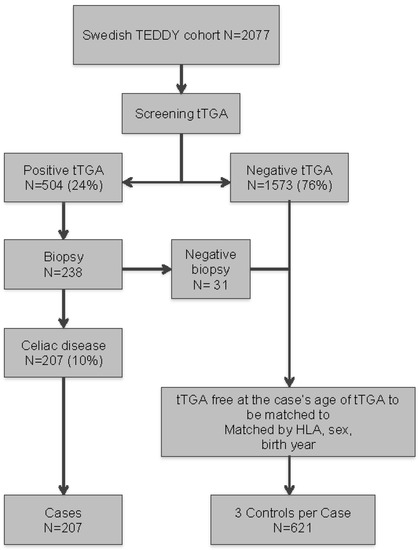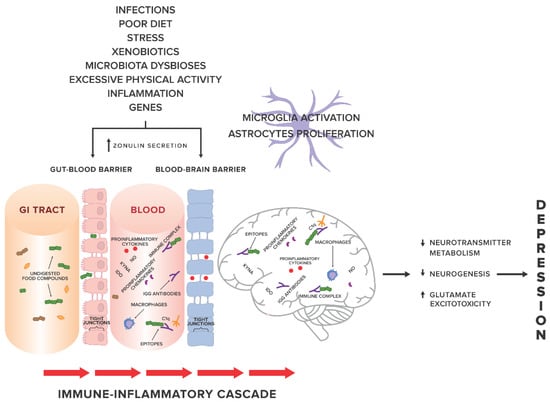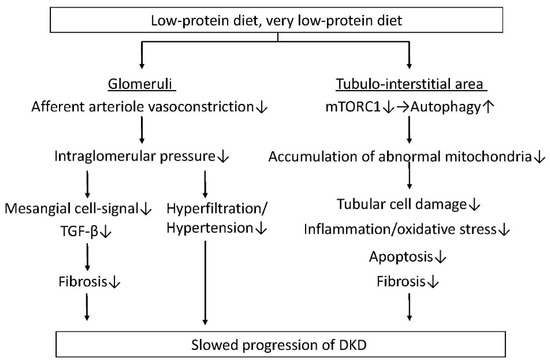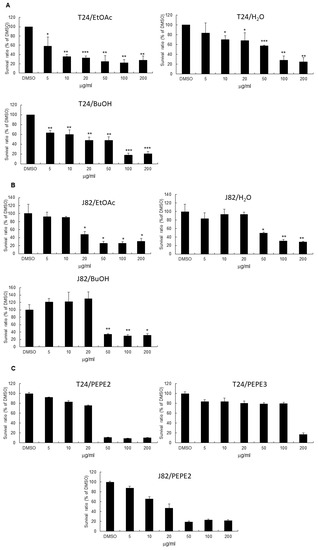Nutrients 2018, 10(5), 551; https://doi.org/10.3390/nu10050551 - 29 Apr 2018
Cited by 9 | Viewed by 9207
Abstract
►
Show Figures
Chronic work-life stress leads to dysfunction of the hypothalamus–pituitary–adrenal axis, the autonomic nervous system, and the serotonergic system, with resultant impairment of overall well-being. Aim of the study was to improve perceived stress by a specific amino acid composition with micronutrients in the
[...] Read more.
Chronic work-life stress leads to dysfunction of the hypothalamus–pituitary–adrenal axis, the autonomic nervous system, and the serotonergic system, with resultant impairment of overall well-being. Aim of the study was to improve perceived stress by a specific amino acid composition with micronutrients in the verum versus placebo group. A total of 59 participants (18–65 years) with self-reported perceived chronic stress and exhaustion conditions participated in this randomized, double-blind, placebo-controlled study. The Perceived Stress Questionnaire (PSQ30), amino acid profile, anthropometric, clinical, blood, urine parameters, and dietary intake were assessed. After 12 weeks, the verum group achieved significantly greater improvements in the total PSQ30 score compared with the placebo group. In the verum group, serum taurine concentration, folic acid concentration, urinary magnesium excretion, and the ratio of l-tryptophan to the sum of competing amino acids rose significantly. In the placebo group, serum concentrations of serotonin, protein, and magnesium decreased significantly, whereas the cardiometabolic risk parameters body weight, body mass index, waist circumference, and waist-to-height ratio increased significantly. Compared with placebo, the verum supplementation resulted in a higher improvement in perceived stress. Beneficial effects on the serotonergic system and preventive effects on magnesium homeostasis and some cardiometabolic risk factors were supposed. Additional effects might be caused by the optimized food intake.
Full article







